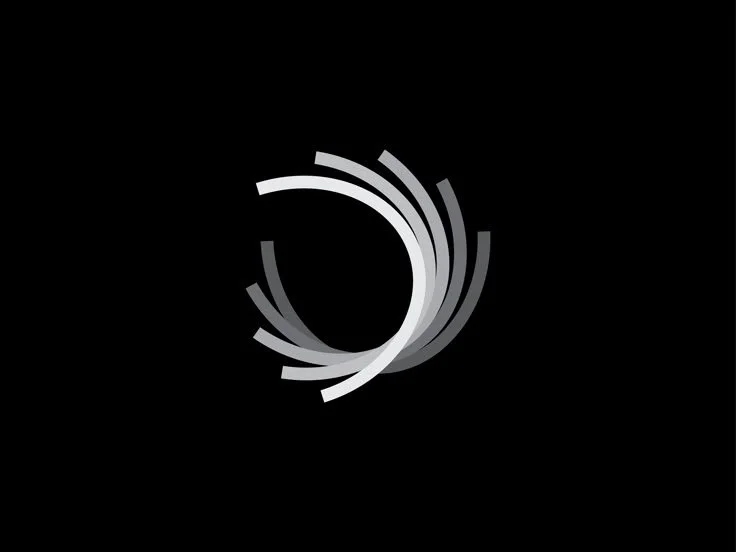The Future of Intelligence
Welcome to a new era of trading

Redistributing the value monopolized by crypto giants.
Qatalog is a next-generation trading intelligence platform born from the collaboration of seasoned traders and AI experts. We combine advanced quantitative models, real-time on-chain data, and dynamic market analytics to deliver precise, actionable insights across crypto, equities, forex, and commodities.
Our mission is to empower traders worldwide with cutting-edge technology that simplifies complex data, accelerates decision-making, and drives superior trading performance in a rapidly evolving market.
Qatalog isn’t a layer one
Rebuilding Finance for Insiders Users.
-
Qatalog lets apps talk to the internet natively so middle-ware stacks become optional. Whether it’s payments, weather or shipping info. Apps just launch. Logic just runs. Things just work.
-
Asset pricing in real time, delivered natively on chain. Trust-minimized feeds with stable costs and no oracles.
-
No delays. No waiting. Applications on Qatalog react to the real world, from price pumps to check-ins to daily routines.
-
Data moves between apps and chains without bridges, wrappers, or hacks. That means smarter pricing, fairer swaps, and real-time reactions. No more “please wait” screens.
-
Apps can send encrypted messages directly to real people—via email, phone, or device ID. No setup. No wallets. Just secure-by-default communication.
Meet “Qatalog Suite”
The Complete Solution
Liquidity Migration Analysis
Analyze complex liquidity flows across multiple blockchains and exchanges to identify accumulation or distribution phases, enabling strategic entry and exit points ahead of major market moves.
Market Sentiment - Driven Timing
Incorporate social sentiment and on-chain behavioral analytics to gauge market mood and optimize timing for entries and exits, reducing exposure to sudden volatility spikes.
Sizing Risk Management
Utilize integrated macroeconomic forecasts and liquidity metrics to dynamically adjust position sizes and hedge exposures, enhancing portfolio resilience during turbulent market conditions.
Protocol Governance Tracking
Stay informed on voting outcomes and governance proposals in decentralized protocols, allowing you to anticipate shifts in tokenomics and protocol incentives before price reactions.
Algorithmic Strategy Back testing
Leverage Qatalog’s modular indicators and data feeds to simulate and refine algorithmic trading strategies across asset classes with historical and real-time data.

Asset Screener

Eco System Spaghetti

Range Positioning

Asteroid belt Screener

Reversion Bands v2

Pair Trading Index

Quick Action Channel

Comet Coloring

Asteroid’s Belt

SpaceTime Remastered

SpaceTime TPO

SpaceTime Levels

SpaceTime Composites

Delta Print Candles

Delta Bar Stats

Delta Print Singularity

OI Profile Pro

NET Positions +

DonChain Suite
Our Partners.
Take a look at some of the coolest data providers we’ve had the chance to work with.
Become Our Partner
Join us as a distinguished partner to collaboratively shape the future of Trading and Financial AI Agent Network.







